 Written by Brittany Ferri, OTR/L
Written by Brittany Ferri, OTR/L
If your healthcare provider recommended that you start using a cane, you might wonder what model is the best for you. There are a range of reliable options, but the HurryCane and the StrongArm are some of the most popular choices among older adults. The HurryCane and StrongArm both offer unique designs for individuals in need of balance and postural support as they walk. But we wanted to determine which is the better cane, so we put them both to the test to help users in their search.
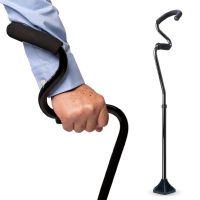 | StrongArm Comfort Cane - Self Standing Support View Product |
 | Drive Medical HurryCane Folding Walking Cane View Product |
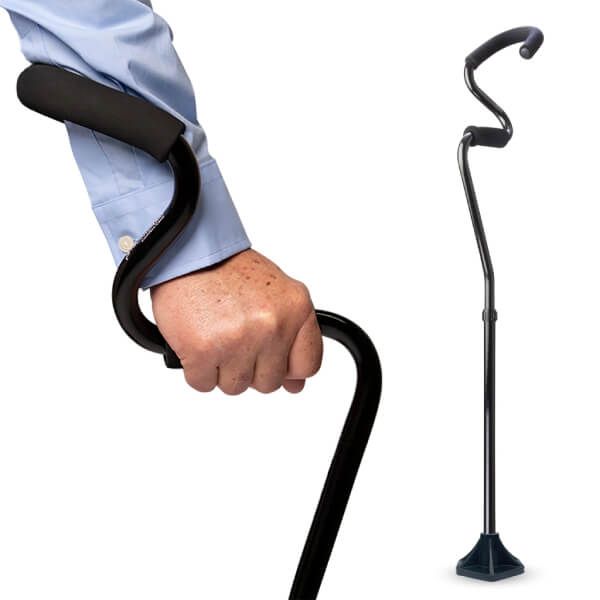
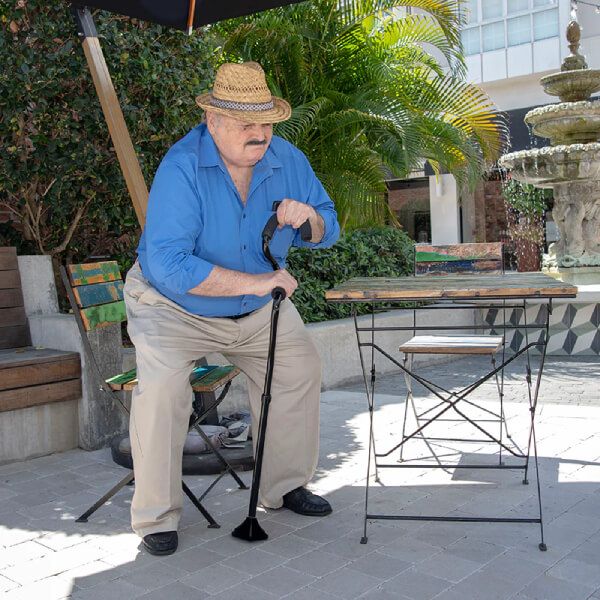
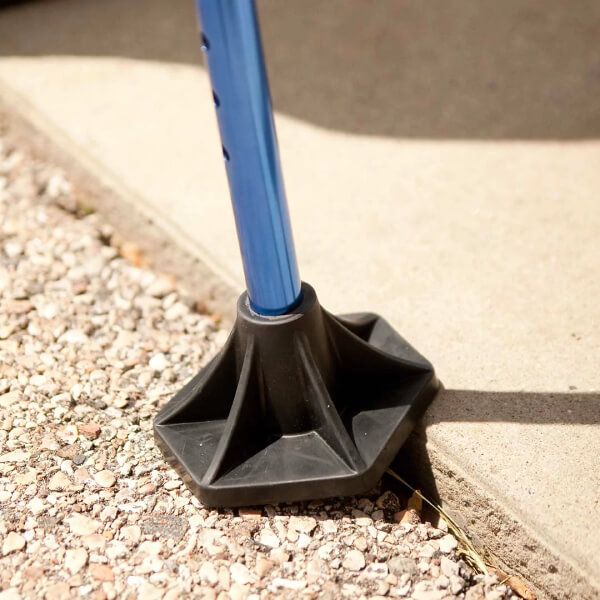
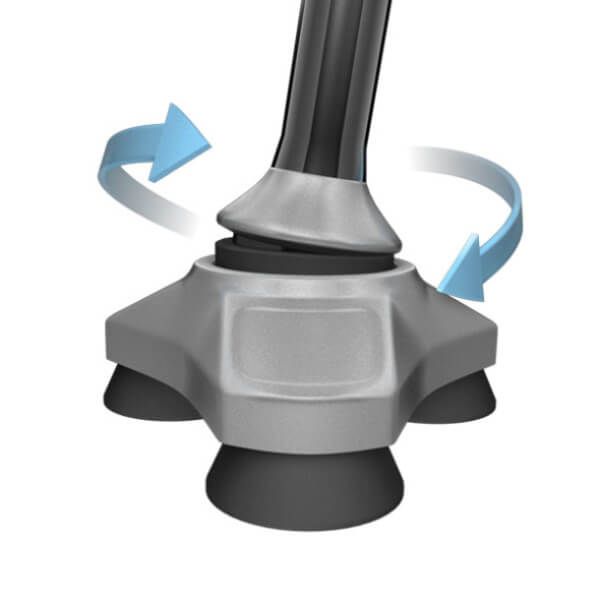
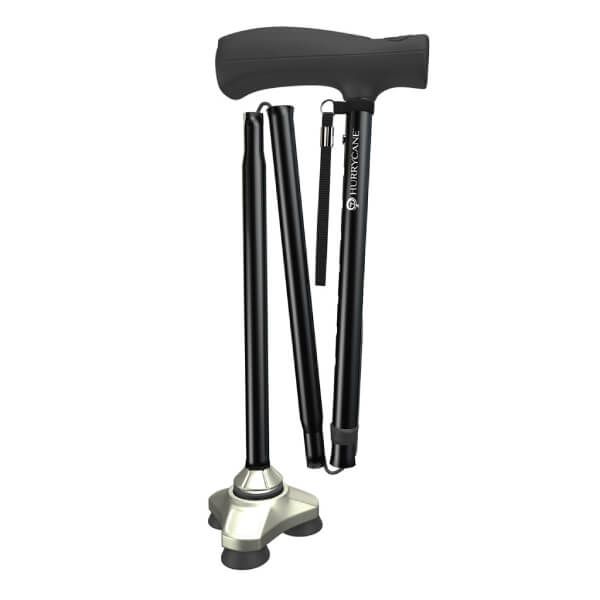
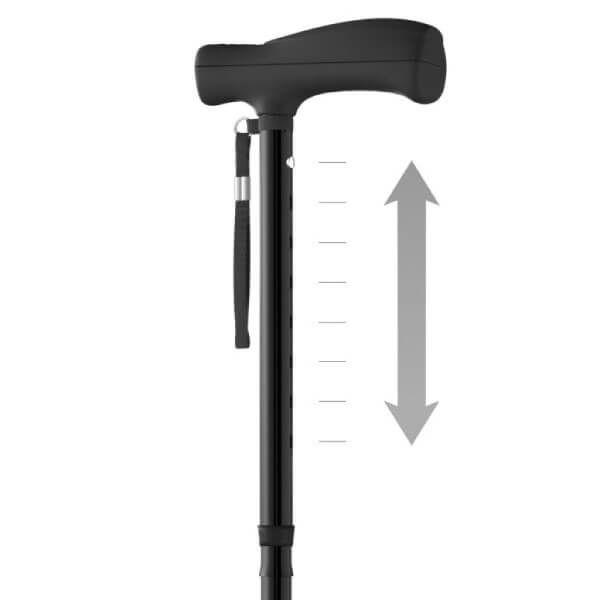
Each of these canes offers added stability for individuals who struggle to walk safely and securely. However, the StrongArm cane offers many more features that make it a better fit for those who need assistance getting around their environment. With a wide, all-terrain base, sit to stand assist, optimal height adjustment, and ultimate portability, the StrongArm is a superior option for anyone who needs a reliable, convenient cane that goes where they go.
Thank you for taking the time to learn more about the difference between these two popular cane brands! We hope this makes your decision a bit easier and leads you to an ideal mobility device. If you are interested in learning more about mobility devices and other durable medical equipment, take a look at our other articles on Caregiver University.

Brittany is an occupational therapist who has worked in a variety of rehab facilities. She has always expressed an interest in patients’ internal motivation for therapy and the use of assistive devices, which led her to pursue a PhD in Integrative Mental Health. This research-based training has also led her to develop her writing career to educate patients of all ages on how to improve their health. Brittany has published four books, written over 300 articles, and has been quoted in media outlets such as WebMD, Healthline, and NBC News.